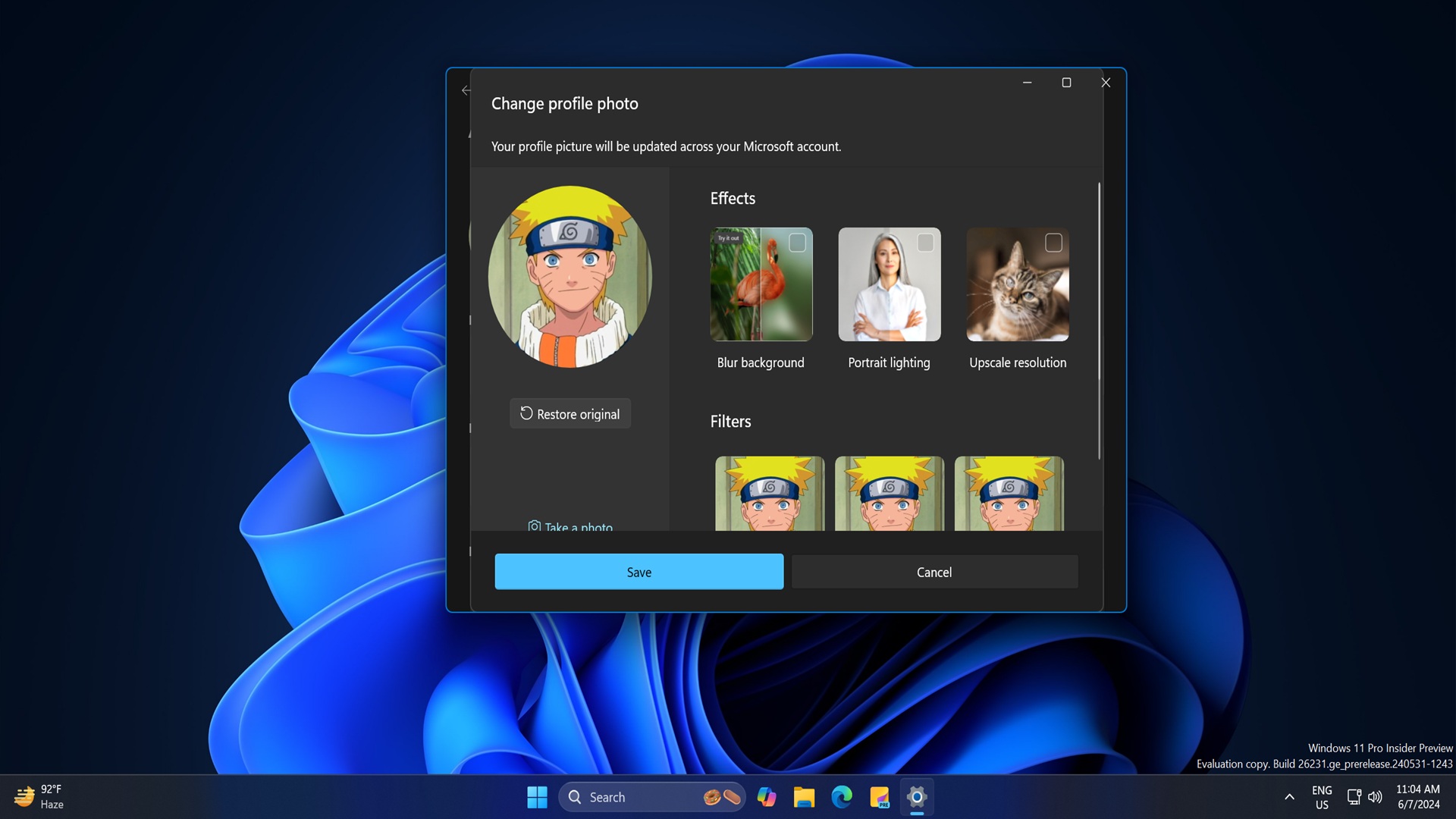Microsoft's AI-Powered Windows 11: 5 Breakthrough Features (2025 Update)
Discover Microsoft's AI-powered Windows 11 updates as support for Windows 10 ends. Explore key features and benefits of the 25H2 version.

Microsoft Accelerates AI Integration in Windows 11 as It Ends Support for Windows 10
Microsoft has officially ended support for Windows 10 as of October 14, 2025, marking a significant shift in its operating system strategy by focusing entirely on Windows 11. Alongside this milestone, the company has pushed a major wave of AI-powered updates to Windows 11, emphasizing artificial intelligence as a core pillar of the modern Windows experience.
End of Windows 10 Support: A Turning Point
On October 14, 2025, Microsoft ceased all official support for Windows 10, encouraging users and enterprises to transition to Windows 11 for continued security updates, feature enhancements, and technical support. This move aligns with Microsoft's broader vision to consolidate its user base on a more futuristic platform that leverages advanced AI capabilities natively integrated into the OS.
This shift also means no further security patches or bug fixes for Windows 10, raising the urgency for organizations and individuals to upgrade to Windows 11 to maintain security compliance and access to new features.
Key AI Enhancements in Windows 11 Version 25H2
The latest major update to Windows 11, version 25H2, released in late 2025, is notable for its extensive incorporation of AI-driven functionalities designed to improve productivity, user interaction, and system intelligence.
AI-Powered Features
-
AI Actions in File Explorer: Windows 11 now supports AI actions directly within File Explorer, enabling users to perform context-aware tasks such as automatic sorting, tagging, and content extraction without needing to leave the file management interface.
-
Copilot+ Features: The update introduces "Click to Do" and an intelligent Agent in Settings, both powered by Microsoft's Copilot AI framework. These features provide users with AI-assisted navigation and task automation, streamlining complex workflows and enhancing usability.
-
Semantic Analysis and Content Extraction: The October 2025 cumulative update includes improvements in AI components such as semantic analysis and content extraction modules, which help the OS better understand the context of user requests and documents, facilitating smarter responses and automation.
-
Improved Windows Search: Though initially announced as part of 25H2, the enhanced AI-driven Windows Search feature, expected to further integrate Copilot capabilities, is slated for release in a forthcoming update, promising more intuitive and relevant search results.
Connectivity and Security Improvements
-
Wi-Fi 7 Enterprise Connectivity: Windows 11 25H2 introduces support for Wi-Fi 7, promising faster, more reliable, and secure wireless connectivity for business users.
-
Servicing Stack Updates: Microsoft continues to enhance the servicing stack to ensure reliable and smooth delivery of Windows updates, critical for maintaining system security and stability.
Addressing Known Issues and Transition Challenges
Despite the advancements, Microsoft acknowledges some ongoing issues, particularly with certain digital rights management (DRM) protected content playback in some BluRay/DVD and Digital TV applications after recent updates. While many of these issues have been mitigated through September and October 2025 cumulative updates, a few edge cases remain under investigation.
For users transitioning from Windows 10, Microsoft recommends ensuring compatibility with Windows 11 25H2 and installing all cumulative updates to benefit from the latest security patches and AI enhancements. Troubleshooting tools and guides have been updated to assist users with common update problems, including conflicts caused by third-party VPNs or antivirus software.
Broader Implications for Users and Enterprises
Microsoft's push for AI integration in Windows 11 reflects a strategic pivot towards embedding intelligent automation and assistance directly into the operating system. This approach aims to:
-
Enhance Productivity: By automating routine tasks and providing contextual AI help, users can focus on higher-value work.
-
Simplify User Experience: AI-driven interfaces like Copilot reduce friction in navigating complex settings and managing files.
-
Future-Proof Computing: Embedding AI at the OS level positions Windows to better support emerging technologies and workflows reliant on AI.
Enterprises face a critical juncture as the Windows 10 end-of-support deadline pressures them to adopt Windows 11. Beyond security, the AI features in Windows 11 offer opportunities to transform workplace computing, though IT departments must carefully plan migrations and training to leverage these benefits fully.
Microsoft’s move confirms the company’s commitment to AI as a core component of the Windows experience. By ending Windows 10 support and accelerating intelligent features in Windows 11, Microsoft is positioning its flagship operating system for the AI-driven computing era. Users and enterprises are encouraged to upgrade promptly to benefit from enhanced security, AI innovations, and improved productivity tools.


